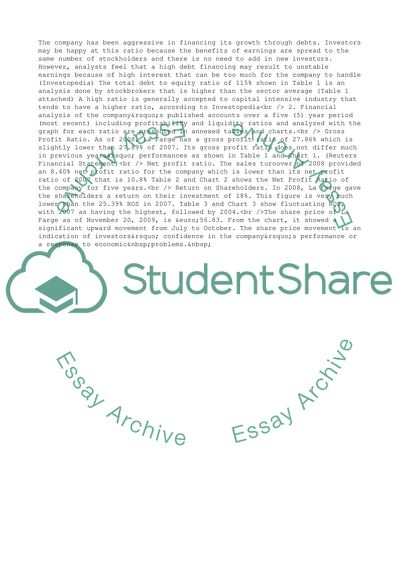Cite this document
(La Farge as an Investment Decision Assignment Example | Topics and Well Written Essays - 2841 words, n.d.)
La Farge as an Investment Decision Assignment Example | Topics and Well Written Essays - 2841 words. Retrieved from https://studentshare.org/business/1559629-ratios-report
La Farge as an Investment Decision Assignment Example | Topics and Well Written Essays - 2841 words. Retrieved from https://studentshare.org/business/1559629-ratios-report
(La Farge As an Investment Decision Assignment Example | Topics and Well Written Essays - 2841 Words)
La Farge As an Investment Decision Assignment Example | Topics and Well Written Essays - 2841 Words. https://studentshare.org/business/1559629-ratios-report.
La Farge As an Investment Decision Assignment Example | Topics and Well Written Essays - 2841 Words. https://studentshare.org/business/1559629-ratios-report.
“La Farge As an Investment Decision Assignment Example | Topics and Well Written Essays - 2841 Words”, n.d. https://studentshare.org/business/1559629-ratios-report.


